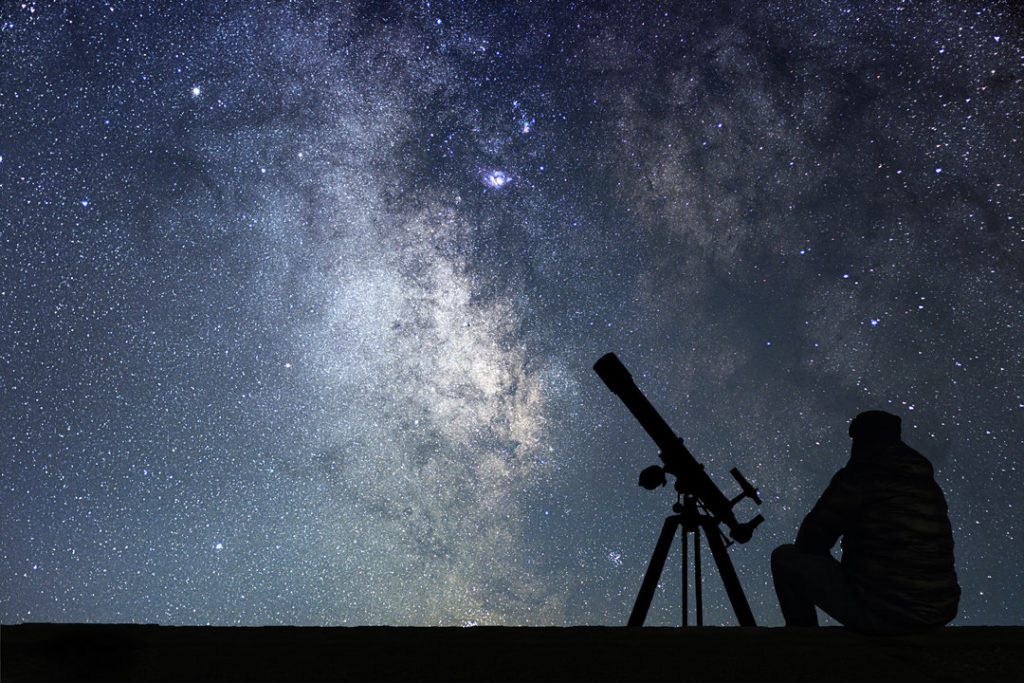BY MIKE LYNCH
Astronomical spring doesn’t officially begin until Saturday morning at 5:37 a.m., but there are already definite signs of spring in the March evening skies. One of the strongest is the bright star Arcturus, the second brightest star in the night sky. It’s beginning to show up low in the eastern evening sky.
A more subtle celestial sign of spring is the Beehive star cluster, located in the very faint constellation Cancer the Crab. Don’t bother trying to find this constellation though. It’s one of the faintest of the 66 constellations available to Pottsville starwatchers through the course of the year. The faint stars that make up the Beehive cluster are actually brighter than most of the stars in the entire constellation of the crab. As you can see in the chart, you can find the Beehive star cluster in the southeastern evening sky about halfway between Gemini, the constellation with the two bright stars Castor and Pollux, and Leo the Lion, the one that looks like a backward question mark.
If it’s dark enough where you are, the Beehive cluster, known astronomically as Messier Object 44, or M-44 for short, resembles a very faint patchy cloud. When the ancient Greek astronomer Hipparchus observed it around 130 B.C., he registered it in his star catalog as a “cloudy star.” The Romans saw it as a manger and called it Praesepe, which is Latin for manger.
Back then, the Beehive’s host constellation, Cancer, was known to the Greeks and some other cultures as a pair of donkeys. The tale spun down that the manger star cloud was where the beasts were feeding.
The donkeys and the manger were also useful as a natural weather forecaster. It was said that “a murky manger” was a sign of rain. I would trust computer models, satellite pictures and Doppler radar much more than a pair of asses feeding at a manger, as much as I like natural weather forecasters. There are some days though that the donkeys are better!
It wasn’t until the 1600s when the Beehive Cluster got its name. That’s when Galileo poked one of the telescopes he built toward the Praesepe and saw it as a cluster of stars. You can easily see how it got that moniker with a present-day small telescope or even a pair of binoculars.
Astronomically, the Beehive is considered an open star cluster, a group of young stars that emerged from the same nebula of hydrogen gas sprinkled with heavier elements from a long since exploded star. Astronomers believe the stars in this cluster to be about 500 million to 600 million years old, and while that may be considered a young age for a star, it is rather old for a cluster of young stars. Many star clusters break up gravitationally before the individual stars within them age significantly. The Beehive is hanging in there. That “teenage mob” of at least 200 stars is more than 3,400 trillion miles away from our backyards and is nearly 134 trillion miles wide.
Goodbye winter, and hello springtime! Trust those celestial donkeys, but don’t expect to see them delivering a television weathercast anytime soon.
Lynch, an amateur astronomer and professional broadcast meteorologist, can be reached at mikelynch@comcast.net.



